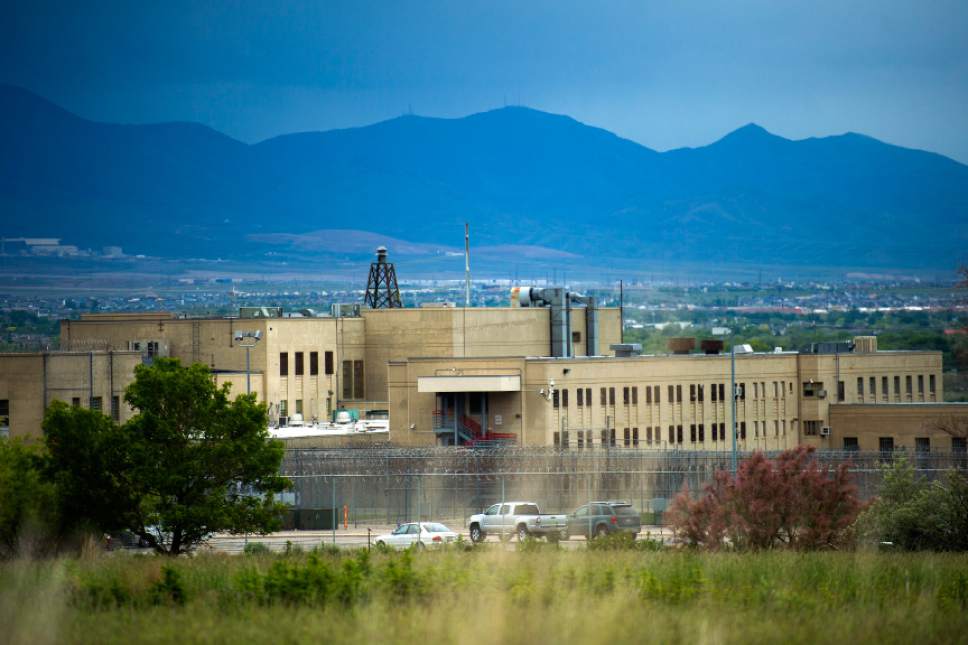
Welfare assistance is an essential transitional resource for those who face economic hardships after release from prison (O'Brien, 2002). Re-entering individuals are ineligible even if they have completed their sentence, overcome their addiction or earned a certificate of rehabilitation (Legal Action Center, 2004). The 1996 Federal Welfare Law prohibits individuals convicted of a drug-related felony from receiving federally funded food stamps or cash assistance. Majority of states ban individuals with drug felony convictions from being eligible for federally funded public assistance and food stamps (Legal Action Center, 2004). Returning individuals also face barriers in accessing public assistance. Providing access to affordable housing options and lenient policies can help support an individual’s transition back into their respective communities and is an important factor in recidivism prevention. In fact, the lack of stable housing can increase the possibility of being rearrested (Cortes & Rogers, 2010). Studies show that the first month after release is a vulnerable period during which the risk of becoming homeless and/or recidivism is high (Cortes & Rogers, 2010). Also, individuals with past drug or felony convictions are ineligible for public housing (Dougherty, 2012). Currently, private market rental housing associations have policies against renting to people with criminal records (Cortes & Rogers, 2010). Additionally, strict housing policies make it harder for these individuals to be considered as viable candidates for housing. Most individuals leave prison with limited finances to secure an apartment.

The high risk of residential instability can lead some to experience homelessness after release (Fontaine, 2013). Re-entering individuals also face difficulties in finding and securing housing.

When limited legal employment opportunities and resources are available, individuals who are re-entering their communities are more likely to reoffend.
#Prison system these halfway houses to fill the gap between professional
Offenders also experience obstacles in public and private job sectors since they are unable to obtain professional and technical licenses (Holzer, Raphael & Soll 2003). Furthermore, previously convicted individuals who manage to secure a job are employed at lower wages than they earned before incarceration (Urban Institute, 2008). These employment opportunities provide few benefits and little to no opportunities for upward mobility. Released prisoners generally find employment and work in low-skill jobs (Urban Institute, 2008) in food service, wholesale, maintenance or the manufacturing industry. Also, most states allow employers to deny jobs to individuals who were previously arrested but never convicted of a crime (Legal Action Center, 2004). In addition to a criminal record, limited education, the stigma of incarceration and a lack of employment history contribute to limited employment opportunities (McGrew & Hanks, 2017). Released prisoners have difficulty securing and maintaining employment after re-entry since employers are reluctant to hire people with criminal records (Urban Institute, 2008). Socioeconomic factors play an important role in determining successful re-entry outcomes.Ī significant challenge that previously convicted individuals face is re-entry into the labor market. It is important to transform the current criminal justice system to shift the focus from reincarceration to successful re-entry into their communities. Even having a minor criminal record creates substantial barriers and far-reaching collateral consequences. A criminal conviction limits employment prospects, public housing assistance and social services (Coates, 2015).

Men and women released from correctional facilities receive minimal preparation and inadequate assistance and resources, which makes their re-entry into communities challenging (Visher & Mallik-Kane, 2007). Over 600,000 individuals are released from prison annually and three-quarters of them are rearrested within five years of their release (Bureau of Justice Statistics, 2005).


 0 kommentar(er)
0 kommentar(er)
